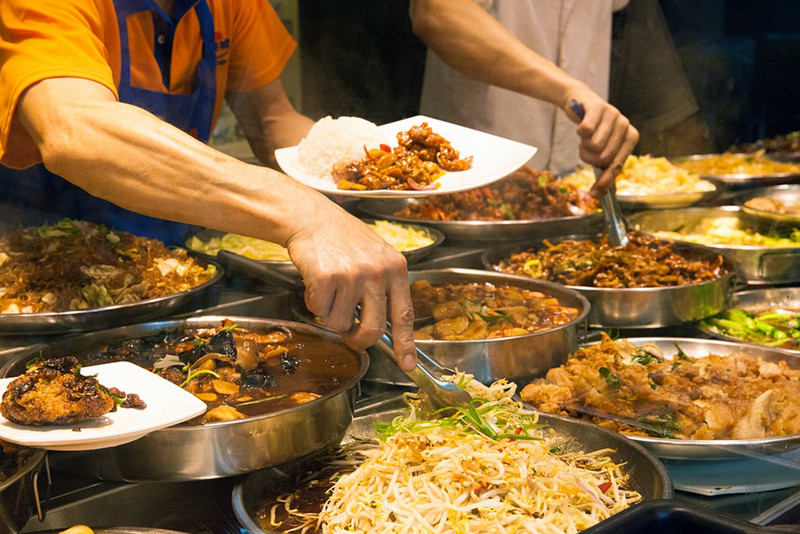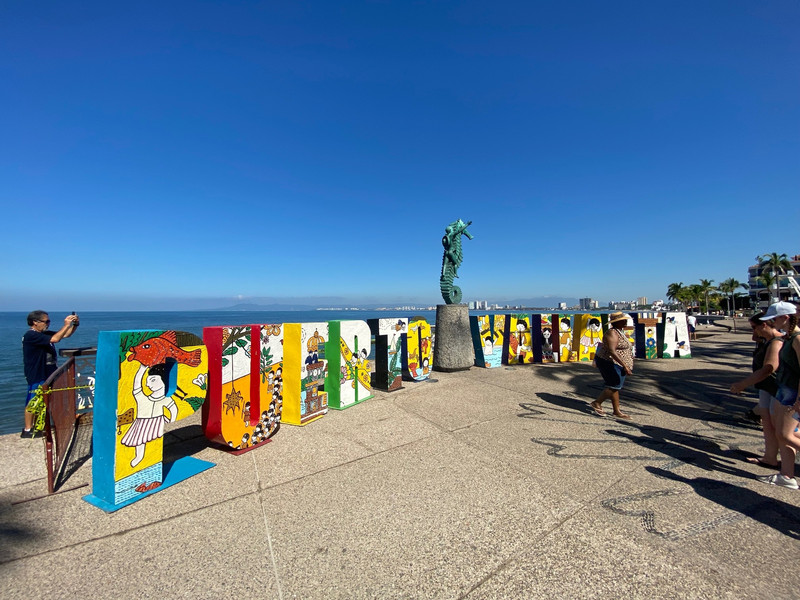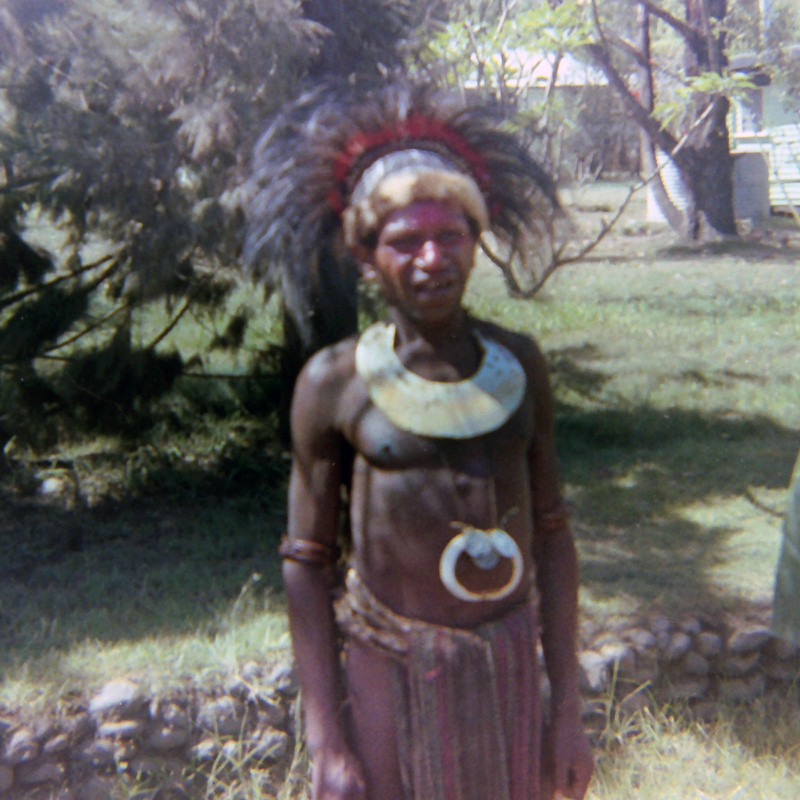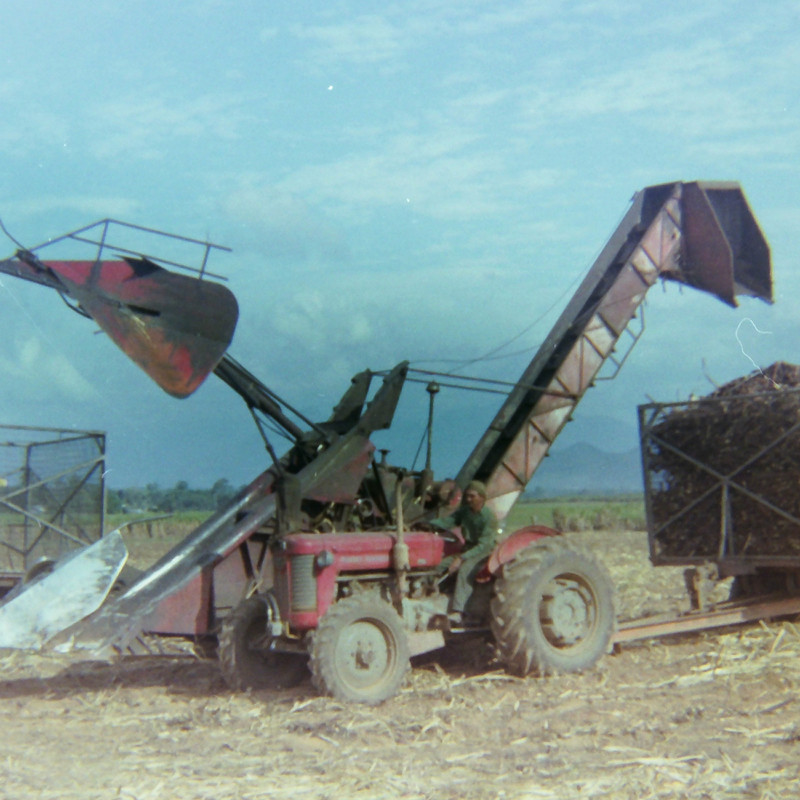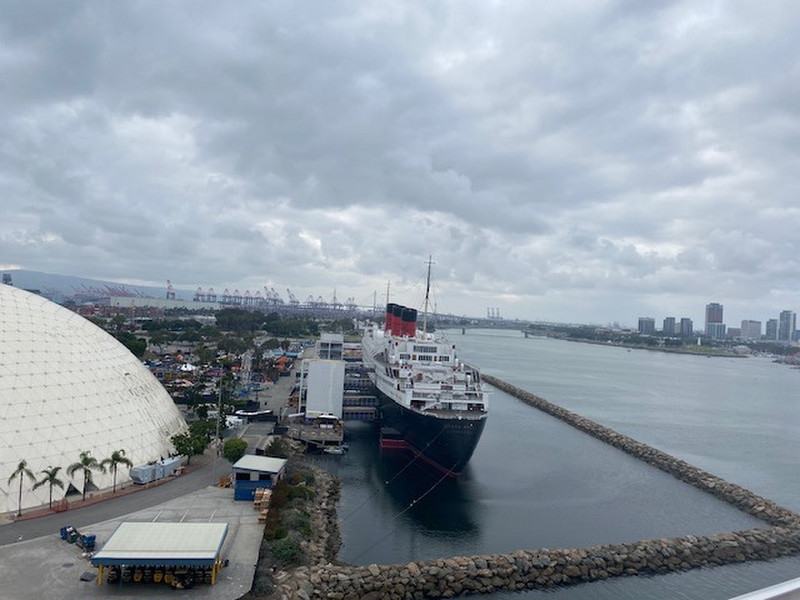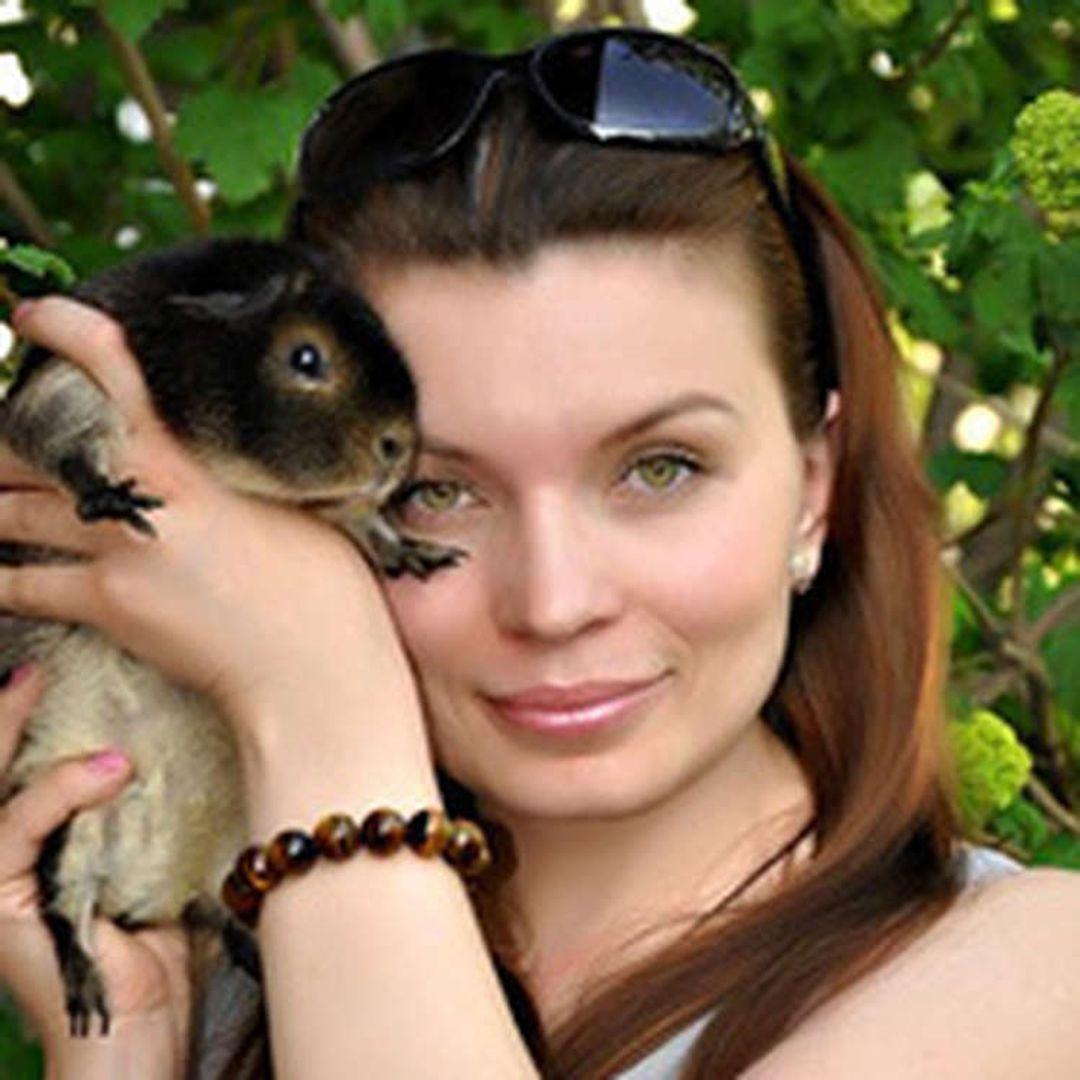Singapore is famous for its street food and Unesco has decreed that its hawkers centers have special cultural significance and are now on the Representative List of the Intangible Cultural Heritage of Humanity. According to dining and culinary practices in a multicultural urban context is present throughout Singapore. Hawkers prepare a variety of food for people who dine and mingle at the centers, which serve as ‘community dining rooms where people from diverse backgrounds gather and share the experience of dining over breakfast, lunch and dinner. Activities such as busking and also take place.
While Singapore is not one of my favorite places in SE Asia, the hawker stalls are a great experience. It can be a little overwhelming on the first visit. Too many choices, too many people, and too many good smells. We ate way too much, our eyes were bigger than our tummies. And notably, the locals linger, while the tourists eat too fast!
Moving on the KL and Malaysia: If Vienna has its coffee houses and Paris its chic cafes, then Kuala Lumpur has its kopitiams. From <em antialiased; color:
Roboto, Helvetica, Arial, coffee in the Malay language, and tiam for shop in Hokkien Chinese, kopitiams are local coffee shops found all over Malaysia and in neighboring Singapore. But they are more than just coffee shops—they are social hangouts and an integral part of the local food culture.Though I was staying in a fairly modern hotel, I ventured out to a kopitiam. Zero atmosphere, but setting up for a busy day. I was one of the first customers, and had some coffee and a small pastry. Slowly, ever so slowly, this place, and the surrounding neighborhood came alive. Though it was still dark, people were heading to work. I guess it was Starbucks in the style of Malaysia. The photo on the right is similar to the place I visited, perhaps a bit nicer. Kopitiams are where busy executives go for a quick fix of their morning Kopi O, old men gather over games of chess, and groups of teenagers meet up to chat over a cup of thick and sweet kopi. Ariffin points out
that Kuala Lumpurs kopitiams are a symbol of the Muhibbah culture of this country – a word that refers to the spirit of camaraderie, tolerance, and friendship that embraces within its fold. Indeed, Muhibbah is at the very core of this ethnically diverse country.So, when you visit SE Asia, make sure you experience both of these, only in SE Asia events. The hawker stalls and the kopitiams. Then, you can tell me your story!
